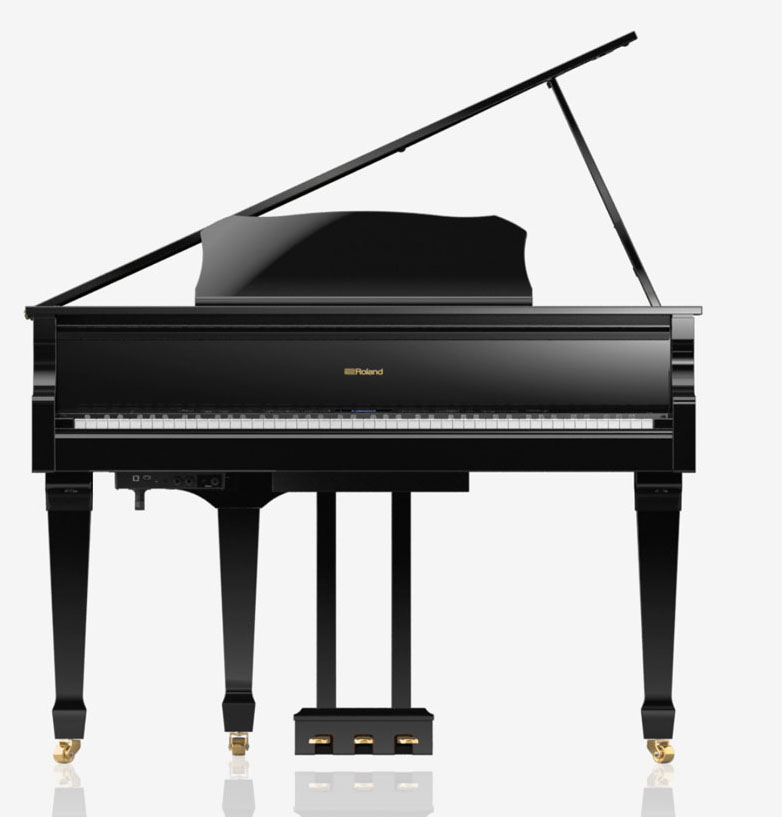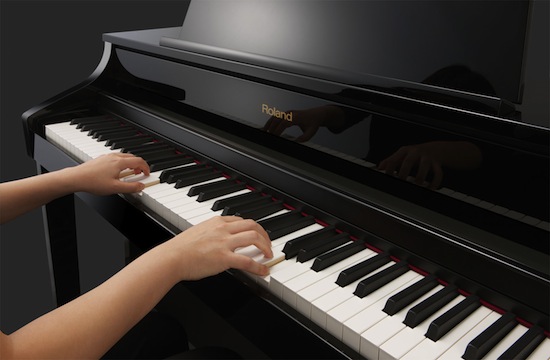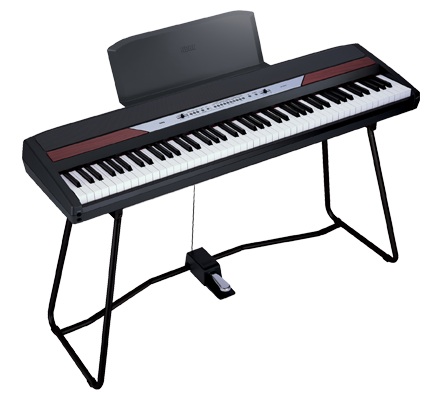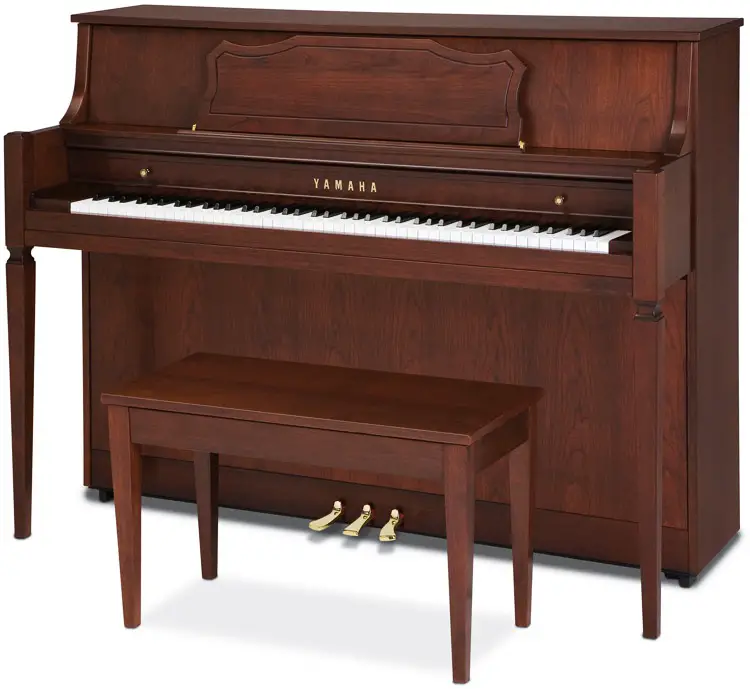Almost as long as digital keyboards and pianos have been around, the question of polyphony comes up. It’s a quick, easy measure of how many distinct sounds can be created at any one time by a single musical instrument.
An acoustic piano effectively has unlimited polyphony, restricted only by the physical ability to play all the notes at once and sustain and repeat them at a high tempo.
A digital instrument generally cannot achieve this because it is relying on various sound processors to create sounds whenever a note is pressed, or some other function (such as rhythm) is invoked. As time went on, music keyboards and, in particular, digital pianos, included more powerful processors and sound-generating chips, allowing for a higher level of polyphony to be achieved.
Nowadays, it’s very common for digital pianos to have at least 128 notes of polyphony, and often more. And yet a new type of digital piano has more recently come to market which claims to have unlimited polyphony.
How can these instruments achieve this?

How do modern digital pianos offer unlimited polyphony?
Modern digital pianos offer unlimited polyphony through advanced sound processing techniques and technology. Methods employed to achieve this include:
- Sampling and playback: Digital pianos often use high-quality recordings of individual acoustic piano notes. These recordings, known as samples, are stored in memory. When you press a key, the corresponding sample is played back. Since the samples are pre-recorded, they do not consume any additional polyphony.
- Sound synthesis: Digital pianos may also use sound synthesis techniques to generate piano sounds. Rather than playing back pre-recorded samples, they generate the sound in real-time using mathematical algorithms. These algorithms take into account factors such as key velocity, pedal effects, and the instrument’s acoustic characteristics. Synthesized sounds do not rely on samples and hence do not contribute to polyphony limitations.
- Voice allocation and management: Digital pianos employ intelligent voice allocation and management systems. When you play multiple notes simultaneously, the piano assigns a specific voice or sound to each note. The number of available voices or sound sources in the digital piano determines its polyphony. If the number of voices exceeds the available polyphony, the instrument intelligently manages and prioritizes which notes to sustain or cut off, ensuring the most important notes are heard.
- Dynamic voice management: Some digital pianos employ dynamic voice management techniques. These systems allocate more voices to the lower and middle register where most of the musical content typically resides. The higher register, where fewer harmonics are present, may have fewer voices allocated. This intelligent distribution of voices optimizes polyphony usage.
Is the sound generation truly limitless? What does it depend on?
While digital pianos with advanced sound generation techniques can offer a high degree of polyphony, there are still practical limitations that depend on factors such as processing power, memory capacity, and the complexity of the sound generation algorithms. Here are a few considerations:
- Processing Power: Generating realistic and complex piano sounds in real-time requires significant processing power. The more processing power available in a digital piano, the more notes it can handle simultaneously. However, there are limits to the processing capabilities of any given instrument, and exceeding those limits may result in decreased performance or dropped notes.
- Memory Capacity: The storage capacity of the digital piano’s memory affects the number and quality of piano samples that can be stored. Higher-quality and longer samples require more memory space. Virtual modeling systems, which involve complex algorithms and calculations, may also require additional memory for accurate modeling. The memory capacity can impose limitations on the number of unique samples or the level of detail that can be stored.
- Layering and Splitting: Digital pianos often offer features like layering (playing two sounds simultaneously) and splitting (dividing the keyboard into different sections with different sounds). These functions can affect polyphony since each layer or split requires its own set of voices, reducing the overall number of available voices for each individual sound.
- Complexity of Sound Generation: The complexity of the piano sound generation algorithms used in virtual modeling or advanced sampling techniques can impact the polyphony. More intricate algorithms and modeling techniques often require additional processing power to execute, which can impact the maximum achievable polyphony.
Is unlimited polyphony worth it?
For most pianists playing a digital piano, there is little to no audible difference in polyphony, and the associated negative issues with dropped notes, once a high-quality instrument has greater than 128 notes of polyphony. Some professional musicians may require polyphony in the high hundreds or beyond, particularly if playing music with a lot of sustained passages.
The main advantage of limitless polyphony has more to do with the method of sound production, as predominantly modelled rather than sampled sound, rather than a raw number of sounds which can be produced at once.
Of course, polyphony needs will change when multiple instruments, accompaniments and the like are required from a single instrument. However, it is worth noting that most digital pianos with unlimited polyphony can only utilise this mode when playing a single piano sound. Additional sounds and features will fall back to a defined maximum polyphony.




